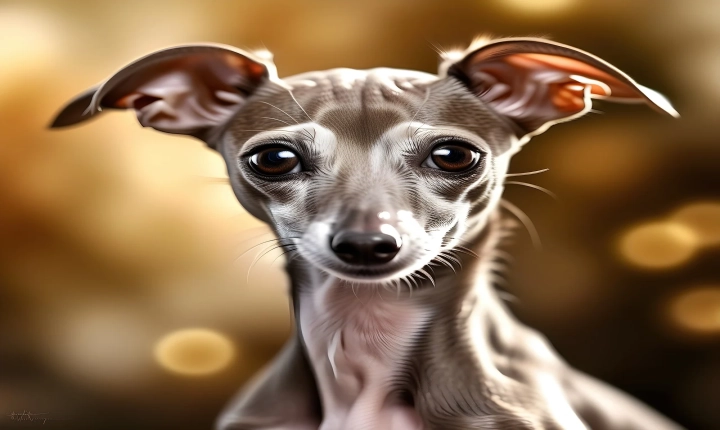The Rise of AI Art: A New Form of Creativity
In recent years, there has been a surge of interest in the field of AI art, which is the creation of artwork using artificial intelligence algorithms. This innovative approach to art has been met with both excitement and skepticism, as some embrace the possibilities it offers, while others worry about the potential loss of human creativity and uniqueness.
One of the main driving forces behind the rise of AI art is the accessibility of powerful computational resources and algorithms that can process and analyze massive amounts of data. This has enabled artists and researchers to explore new ways of creating and understanding art, leading to groundbreaking developments in the field.
AI art has manifested itself in various forms, from generative adversarial networks (GANs) that create realistic images, to deep learning algorithms that produce abstract compositions. These techniques have opened up a world of artistic possibilities, allowing creators to experiment with concepts and styles that were previously unattainable.
However, the rise of AI art has also sparked debates about the role of artificial intelligence in the creative process. Critics argue that the use of algorithms and data-driven approaches diminishes the role of the artist and removes the personal touch that is intrinsic to traditional art. They fear that AI art could lead to a homogenization of artistic expression, with machines churning out generic art devoid of human emotion and imagination.
On the other hand, proponents of AI art emphasize the potential for collaboration between humans and machines, where AI algorithms act as tools to enhance and expand human creativity. They argue that AI can serve as a source of inspiration, providing artists with new perspectives and methodologies to explore their own artistic vision.
Some artists have fully embraced AI as a medium for expression, integrating machine learning algorithms into their creative process. They view AI as a collaborator, using its capabilities to augment their own artistic endeavors. This approach has led to the creation of captivating artworks that blend human intuition with the computational power of AI.
In addition, AI art has extended beyond traditional visual media, with applications in music composition, literature, and even performance art. The interplay between technology and creativity has resulted in new forms of artistic expression and experiences that challenge traditional boundaries.
While the debate surrounding AI art continues, it is clear that this form of creativity has opened doors to new frontiers in the art world. Whether seen as a threat to traditional artistic practices or an evolution of creativity, AI art has undeniably pushed the boundaries of what is possible in the realm of artistic expression.
As technology continues to advance, the future of AI art holds endless possibilities. It is up to artists, researchers, and the public to navigate this uncharted territory and determine the impact of AI on the world of art. The fusion of human creativity and artificial intelligence has the potential to reshape the way we perceive and engage with art, paving the way for a new era of innovation and expression.
